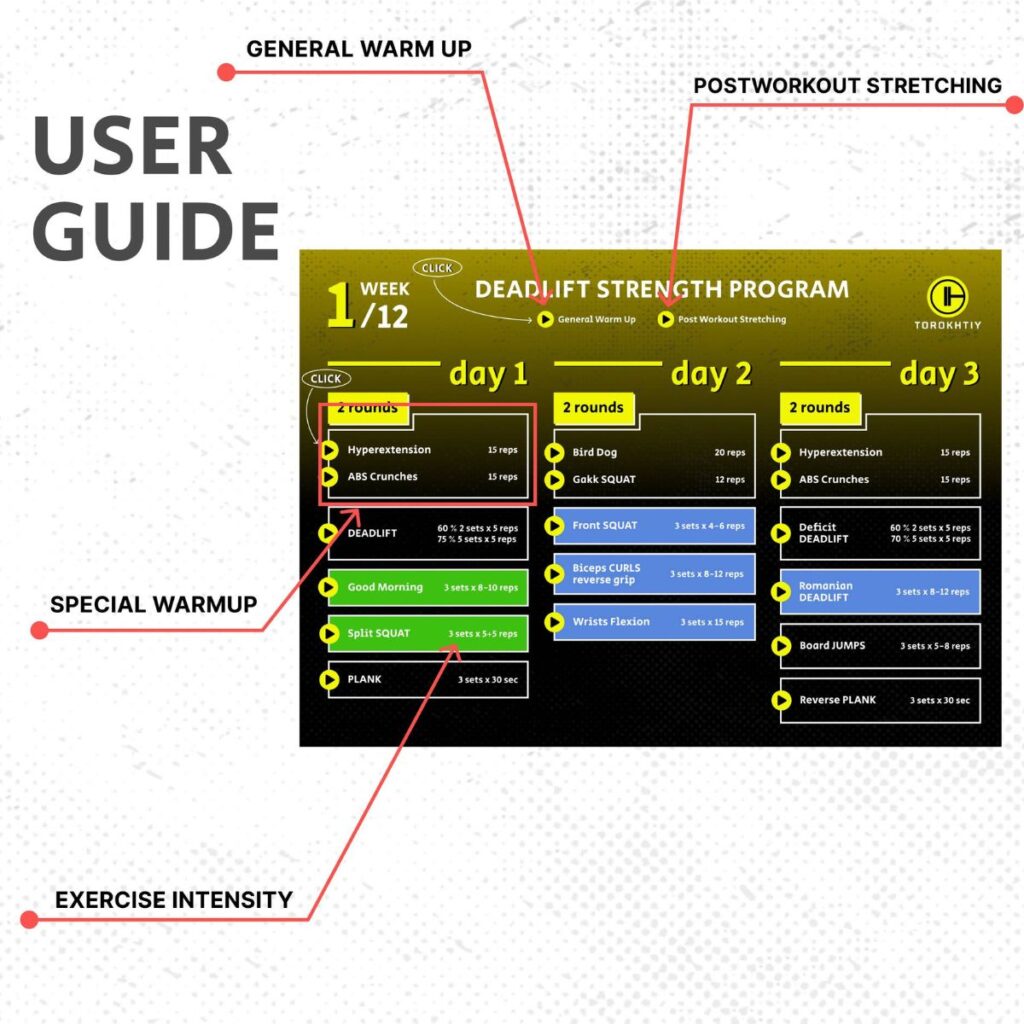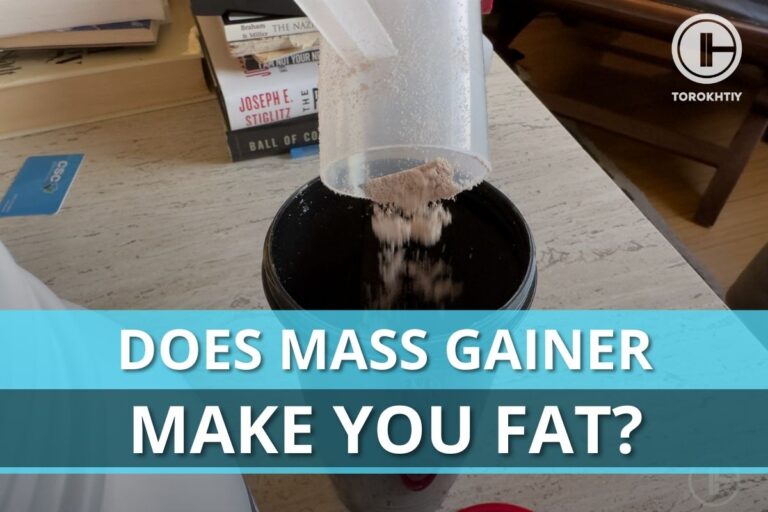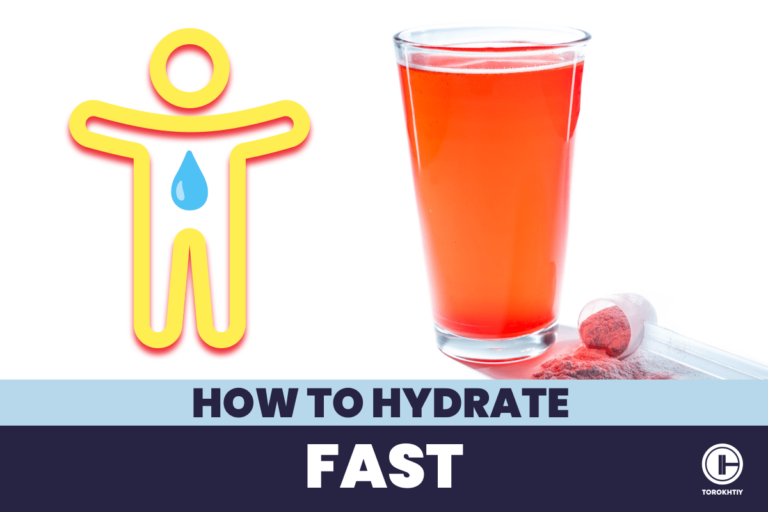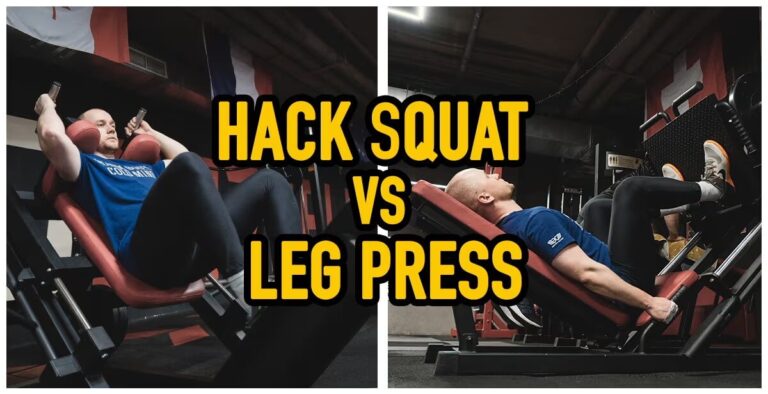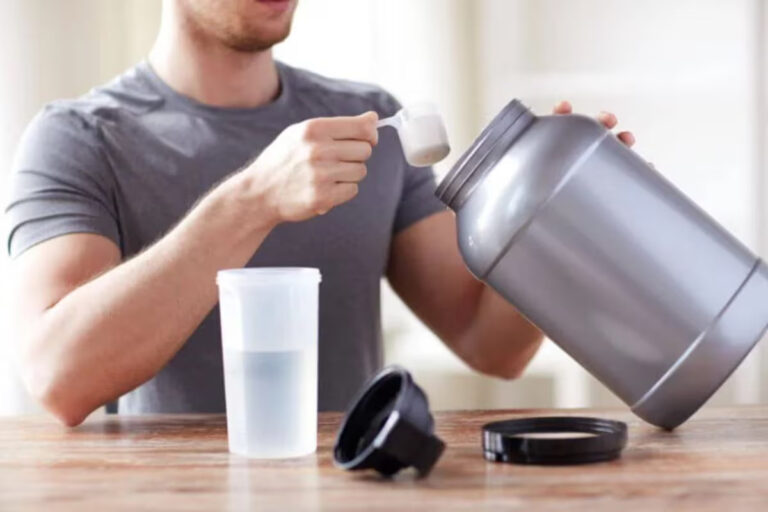Best Deadlift Cues for Improved Form and Result
Deadlifts are probably the king of all exercises for building overall strength and muscle mass. But, one should be careful because they can also be risky if not performed correctly. Deadlift cues are a foundational part of mastering the exercise and preventing injuries. By using proper deadlift cues, you will be able to engage the appropriate muscles, maintain proper form, and be able to lift more weight while putting in less effort.
Deadlift cues are particular techniques and modifications that help lifters maintain their form and get the ideal mind-muscle connection. It also helps avoid injuries while performing deadlifts. By using cues for deadlift, you’ll see an improvement in your lifts and targeting of specific muscle groups like the legs, back, and arms.
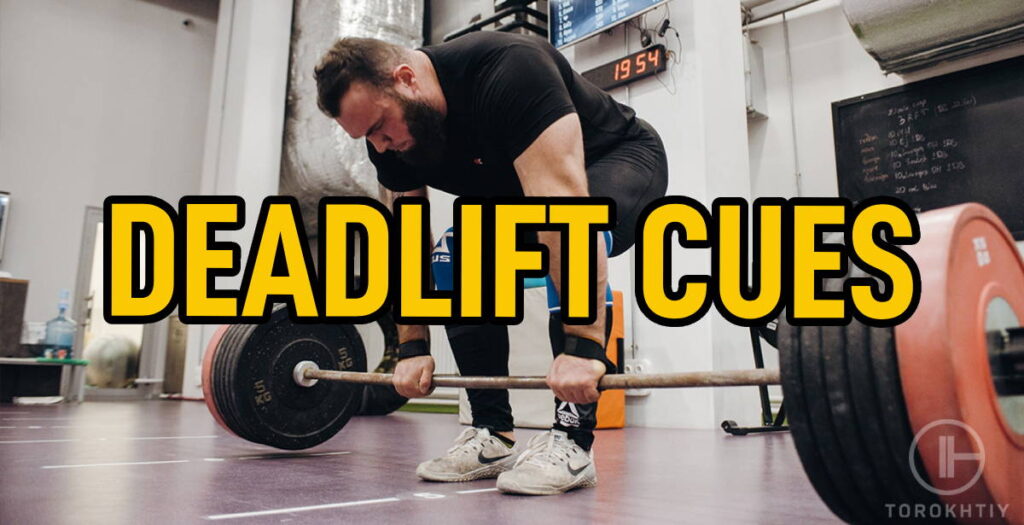
What Is a Deadlift Cue and What Is It For?
A deadlift cue, as mentioned above, is a specific technique that is used to improve the execution and form of the deadlift exercise. These cues are very beneficial in helping lifters maintain the perfect form and reap the most benefit out of the exercise. Deadlift cues are also crucial for improving the effectiveness of the lift and targeting the necessary muscle groups.
These instructions will increase the efficiency of your deadlifts, and best of all, these things are very easy to remember. You will notice what areas you fall short, and you can work on each cue according to your specific needs.
Benefits of Using Deadlift Cues
There are a lot of benefits to using deadlift cues. If we were to brief them, you’ll maximize your gains, avoid injuries, engage the right muscles, perfect your form, and be able to lift more weights.
But there’s more to it, as these cues can help you focus on your breathing, which is essential for maintaining stability and preventing injury.
By taking deep breaths and bracing your core during a deadlift, you can keep your body tight and stable throughout the lift. So, let’s take a detailed look at important deadlift cues benefits.
Better Engagement of Specific Muscle Groups
Using deadlift cues allows you to engage the right muscles for the lift, and every lifter knows how important the mind-muscle connection is for the best results. For instance, cues that focus on pushing through the legs will engage the quadriceps and hamstrings. Similarly, cues that focus on keeping the chest up will help a lot in properly engaging the back muscles.
By using specific deadlift cues, you can target the muscle groups you want to work on, and the most important part here is that you won’t be overloading on other muscle groups.

Improved Form and Technique
One of the biggest benefits of deadlift cues is that these tips will help you maintain proper form and technique while lifting. Deadlift is an exercise that could lead to serious injuries if done incorrectly.
But, it is the best exercise if you know how to do it, and deadlift cues will take you there. Proper form will reduce the risk of injuries and also put the right muscles to work. Eventually, you’ll be able to lift more weight.
Reduced Risk of Injury
When you use all deadlift cues correctly, you will be keeping yourself very far from injuries. For example, lower back injuries are the most common while performing deadlifts. But, when you brace your core and keep your chest up, your spine will be in a neutral position, greatly reducing the risk of a lower back injury.
The Best Cues for the Deadlift
For the Legs
One of the best cues for the legs while deadlifting is the leg drive. Without this aspect, you’ll notice that you simply won’t be able to lift the weights to your fullest capacity. No matter what the variation is, attempt to push the floor away.
When you do this, you’ll be engaging your glutes and activating the muscles in your legs while driving the weight upwards. You’ll also be in a good starting position with this cue.
1. For the Arms
The arms play a very important role in the deadlift, and we all know how important grip strength is for this exercise. So, the best cue for the arms is to try to bend the bar while you lift it off the ground, as it will engage your muscles in the back and arms.

2. For Breathing
Proper breathing makes an insane amount of difference in the deadlift. Always before starting, take a deep breath and hold it in. It will keep the core more stable, and the best cue here is to brace the core. In simpler words, tighten the core as you lift it.
3. For the Knees
People always make the mistake of letting their knees cave in while deadlifting. If you want to make sure that this doesn’t happen, spread the floor. Push your feet out to the sides while lifting. It will engage your glutes and external hip rotators.
4. For the Hips
The proper hip position is extremely important while deadlifting. A good cue for the hips is to hump the bar, which means trying to keep the bar as close to the body as possible while lifting. The lift will be more efficient this way.
Deadlift Cues Depending on the Type of Deadlift
As you all know, there are different deadlift variations that you can perform, and they all have their own distinctions, features, pros, and cons. So, here are some deadlift cues for these famous variations that would be of help.
Cues for the Sumo Deadlift
A very common deadlift variation, the sumo deadlift is an exercise where the lifter stands with their feet wider than shoulder-width apart, and their toes are pointed outwards. This deadlift variation emphasizes the use of the hips and quads. That’s also the reason why this lift is so popular among powerlifters. So, here are some sumo deadlift cues:
- Spread the floor – In simpler words, this cue emphasizes pushing out against the floor with your feet. It would help activate the glutes and external hip rotators, making you perform the lift more efficiently.
- Sit into your hips – This cue emphasizes pushing your hips back and sitting into the hips. This cue helps keep the torso more upright and reduces the amount of forward lean during the deadlift.
- Push your knees out – This cue emphasizes driving the knees outwards as you perform the lift. When you do this, you’ll maintain proper alignment of the hips and knees during the lift. This also prevents the knees from collapsing inwards.

Cues for Conventional Deadlift
The conventional deadlift is the most common deadlift variation, and some would argue that it is the best variation. This is the one where the lifter stands with their feet shoulder-width apart and their toes are pointed forward. The conventional deadlift emphasizes the use of the posterior chain. Therefore, it is a great exercise for building overall strength. Here are some conventional deadlift cues:
- Pull the slack out of the bar – This deadlift cue emphasizes taking the slack out of the bar before starting the lift. It is a very small step that has a huge role, as it helps engage the muscles and reduce the risk of injury.
- Engage your lats – This cue emphasizes engaging your lats, and you can do that by squeezing the shoulder blades together. It helps in keeping the bar close to the body and maintaining proper alignment of the bar and body during the lift.
- Hips and shoulders rise together – This cue emphasizes keeping the hips and shoulders rising at the same rate while performing the deadlift. It helps maintain proper alignment and doesn’t put a lot of stress on the lower back.
Cues for Romanian Deadlift
The Romanian deadlift is a variation where you have to stand with your feet shoulder-width apart. Your knees would be slightly bent, and you would have to hinge forward to lower the barbell. Because there’s not a lot of knee work going on, you’ll feel it more in the hamstring and glutes.
This deadlift variation is one of the best exercises for your glutes and hamstrings. So, here are some Romanian deadlift cues:
- Push your hips back – This cue emphasizes pushing the hips back as you hinge forward. With this, you’ll engage your glutes and hamstrings better while not leaning excessively forward.
- Keep the bar close to your body – One of the most common cues, it emphasizes keeping the barbell close to the body throughout the lift. This will help maintain proper alignment of the bar and decrease the risk of injury.
- Squeeze your glutes at the top – This cue emphasizes squeezing the glutes at the top of the lift. When you do this, you’ll fully engage the muscles and improve hip extension.
🔻12-Week Deadlift Strength Program by Oleksiy Torokhtiy
Unlock your true potential with our Deadlift Strength Program!
Designed for athletes by 2-time Olympian Oleksiy Torokhtiy, this 12-week program focuses on enhancing your deadlift strength, strengthening your back and legs.
Program details:
- 12 weeks;
- 3 days / week;
- 45-120 minutes per session;
- 50+ specific exercises;
- Focus on New Result in Deadlift;
- One-time payment, no recuring payments;
- Full access to all training content.
Start now and boost your deadlift results!
FAQ
What Are Two Important Cues When Deadlifting?
Two of the most essential cues when deadlifting are to engage your lats and keep the bar close to your body. The first cue would help keep the bar close to the body, maintain proper alignment, and reduce the risk of injury. This would also reduce the risk of injuries.
When to Use Cues for Deadlifting?
Cues for deadlifting should be used always. Irrespective of your fitness levels, these cues are equally beneficial because you can always work on them no matter how good or bad you are at them, and they will only improve your deadlifts. Furthermore, cues can be very helpful when attempting new variations or hitting a new personal record. By incorporating deadlift cues into your routine, you’ll be able to maximize your gains and strength while lifting safely.
Conclusion
As we saw, these were all the deadlift cues that one should keep in mind in order to perfect their deadlift. If you have any deadlift cues, do let us know in the comment section below.
Also read:
- High Rep Deadlifts
- How Many Calories Does Deadlift Burn
- How Often Should You Deadlift
- 500 LB Deadlift
- How to Improve Deadlift Grip Strength
- Average Deadlift
- Sumo vs Conventional Deadlift
- Deadlift Hand Position
References:
- Mental Cues for a Bigger Deadlift // Men’s journal: https://www.mensjournal.com/health-fitness/6-mental-cues-stronger-deadlift
- 5 Re-Mastered Deadlift Cues To A Better Deadlift // Bodybuilding: https://www.bodybuilding.com/fun/5-re-mastered-deadlift-cues-to-a-better-deadlift.html
- 5 COACHING CUES: DEADLIFT // Tony Gentilcore: https://tonygentilcore.com/2012/04/5-coaching-cues-deadlift/
- The Best Deadlift Coaching Cues That Work // Schwarzenegger: http://www.schwarzenegger.com/fitness/post/the-best-deadlift-coaching-cues-that-work
Why Trust Us?
With over 20 years in Olympic Weightlifting, our team does its best to provide the audience with ultimate support and meet the needs and requirements of advanced athletes and professional lifters, as well as people who strive to open new opportunities and develop their physical capabilities with us.
By trusting the recommendations of our certified experts in coaching, nutrition, dietology, and sports training programming, as well as scientific consultants, and physiotherapists, we provide you with thorough, well-considered, and scientifically proven content. All the information given in the articles concerning workout programming, separate exercises, and athletic performance, in general, is based on verified data. We ensure that you can rely on our professionals’ pieces of advice and recommendations that can be treated as personalized ones which will benefit you and fully meet your needs.
The product testing process is described in more detail here
Author: Sergii Putsov
Head of Sport Science, PhD
Best Results: Snatch – 165 kg,
C&J – 200 kg
Sergii Putsov, Ph.D., is a former professional weightlifter and National team member, achieving multiple medals in the 94 kg weight category at national competitions. With a Master’s degree in “Olympic & Professional Sport Training” and a Sport Science Ph.D. from the International Olympic Academy, Greece, Sergii now leads as the Head of Sport Science. He specializes in designing training programs, writing insightful blog articles, providing live commentary at international weightlifting events, and conducting educational seminars worldwide alongside Olympic weightlifting expert Oleksiy Torokhtiy.

